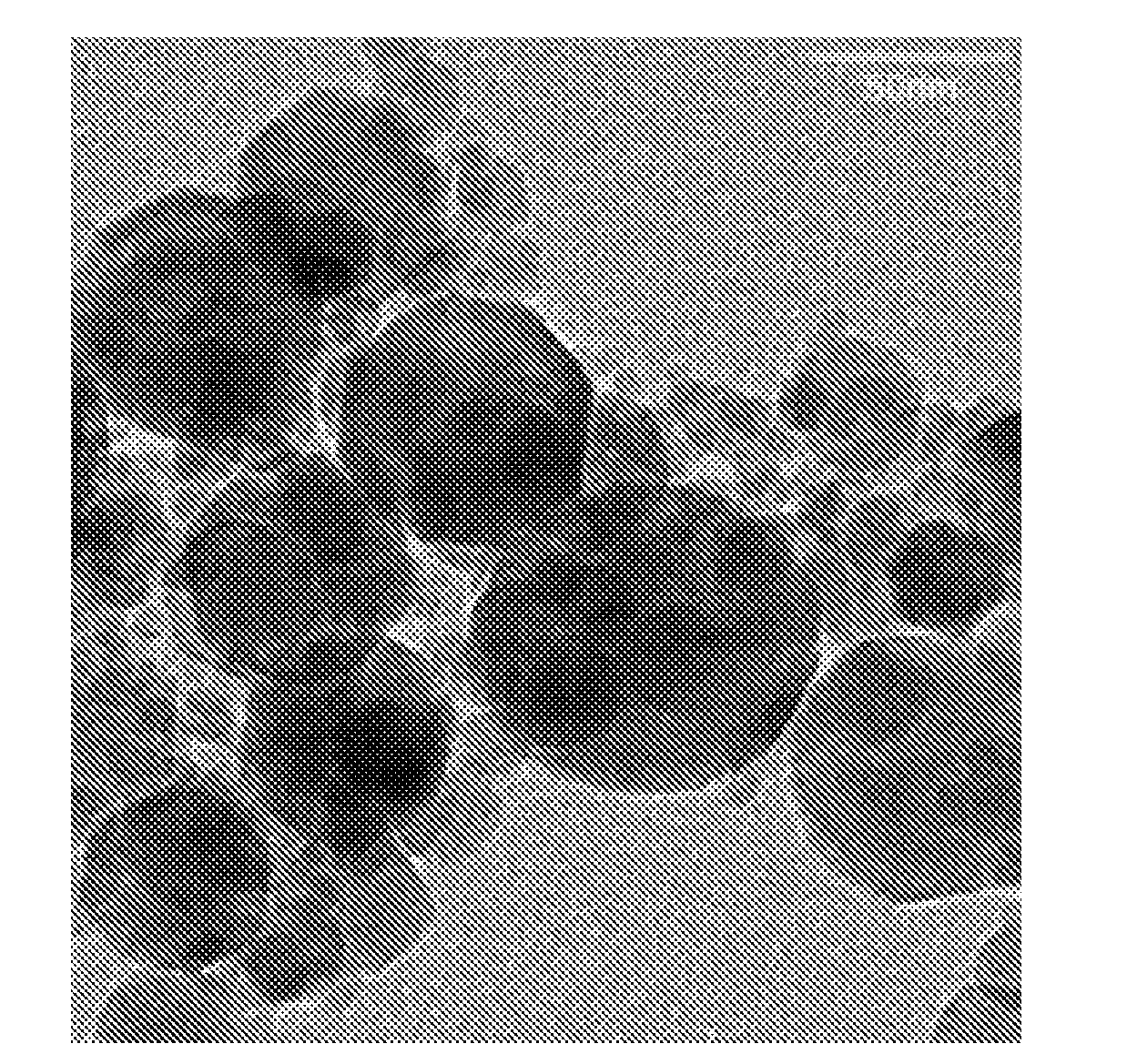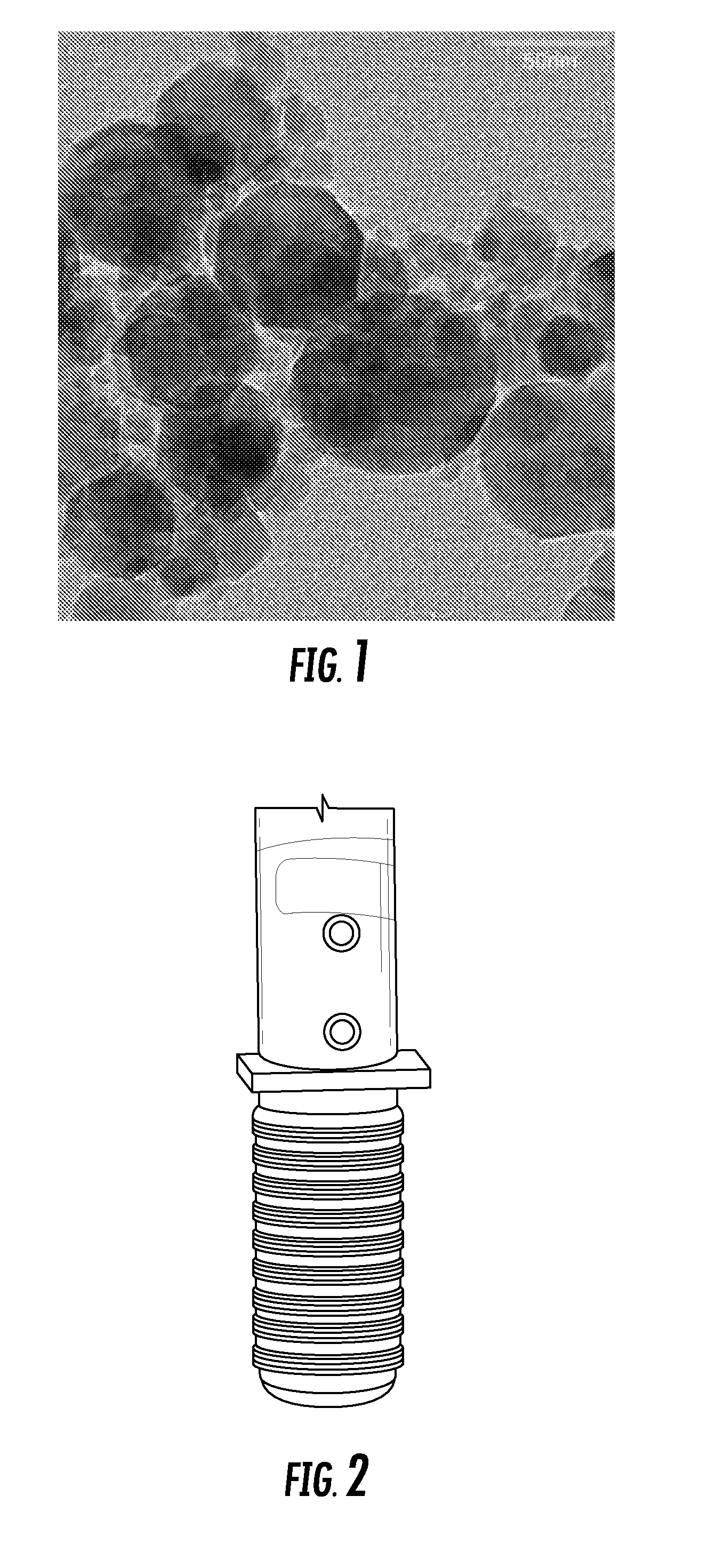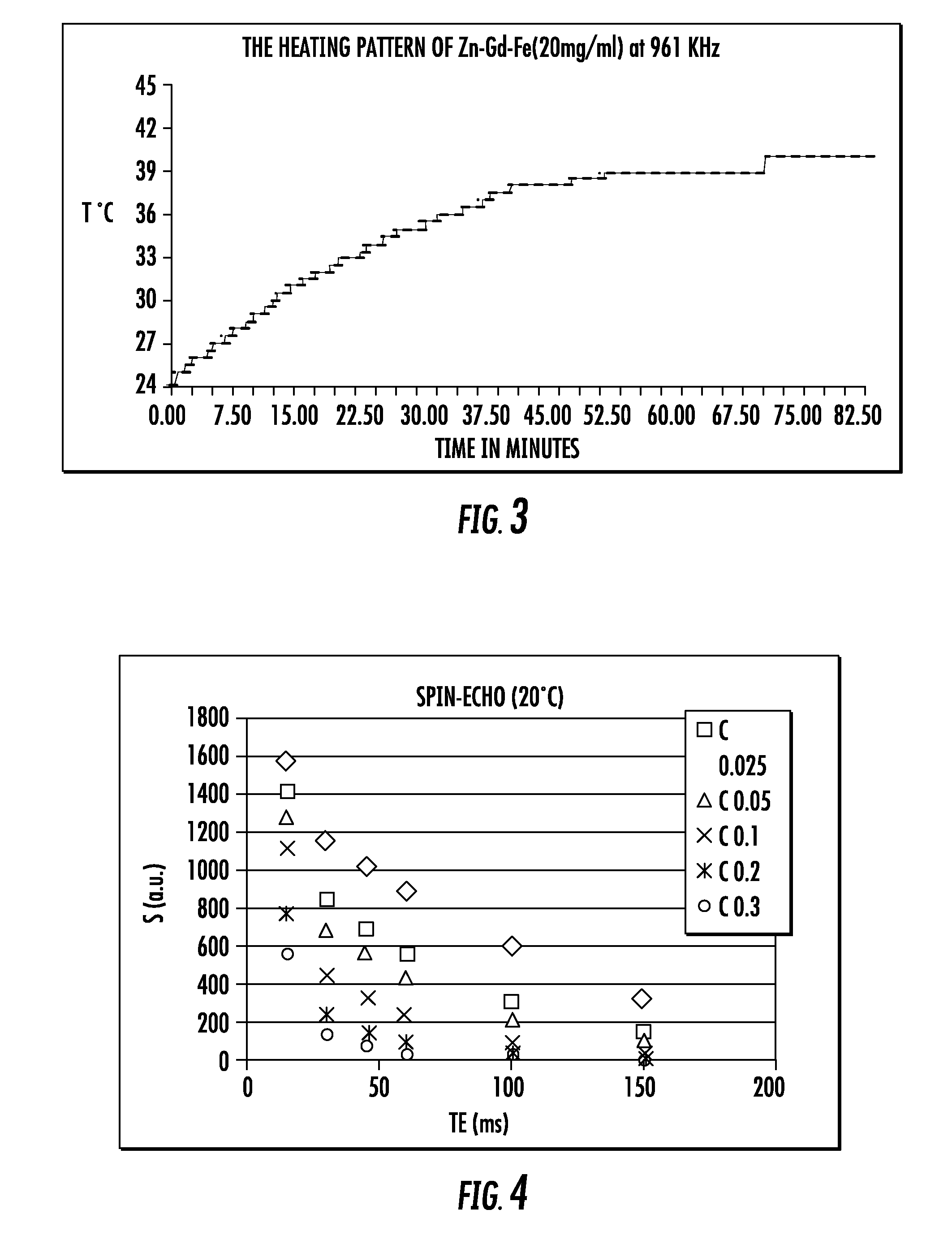Noninvasive Thermometry Monitoring System
a monitoring system and thermometry technology, applied in the field of patient monitoring systems, can solve the problems of low temperature sensitivity, rapid development, and sophistication of hyperthermia equipment, and achieve the effects of increasing the effectiveness of hyperthermia treatment, convenient use, and effective delivery
- Summary
- Abstract
- Description
- Claims
- Application Information
AI Technical Summary
Benefits of technology
Problems solved by technology
Method used
Image
Examples
Embodiment Construction
[0029]As shown in FIGS. 1-11, the invention is directed to a noninvasive thermometry monitoring system for determining a temperature of tissue to which hyperthermia treatment is administered. The noninvasive thermometry monitoring system may include at least one monitoring agent, which may be a magnetic nanoparticle, having a magnetic moment profile that correlates with particular temperatures. As such, the magnetic nanoparticle may be administered to a patient undergoing hyperthermia treatment to noninvasively determine the temperature of the target tissue. Therefore, the noninvasive thermometry monitoring system may be used to determine whether the target tissue is being heated as desired and to what temperature the target tissue is being heated.
[0030]Hyperthermia treatment may be administered in any known manner or an any manner yet to be invented. The noninvasive thermometry monitoring system may be employed to determine the temperature of the target tissue within a patient. No ...
PUM
| Property | Measurement | Unit |
|---|---|---|
| width | aaaaa | aaaaa |
| width | aaaaa | aaaaa |
| Curie temperature | aaaaa | aaaaa |
Abstract
Description
Claims
Application Information
 Login to View More
Login to View More - R&D
- Intellectual Property
- Life Sciences
- Materials
- Tech Scout
- Unparalleled Data Quality
- Higher Quality Content
- 60% Fewer Hallucinations
Browse by: Latest US Patents, China's latest patents, Technical Efficacy Thesaurus, Application Domain, Technology Topic, Popular Technical Reports.
© 2025 PatSnap. All rights reserved.Legal|Privacy policy|Modern Slavery Act Transparency Statement|Sitemap|About US| Contact US: help@patsnap.com



